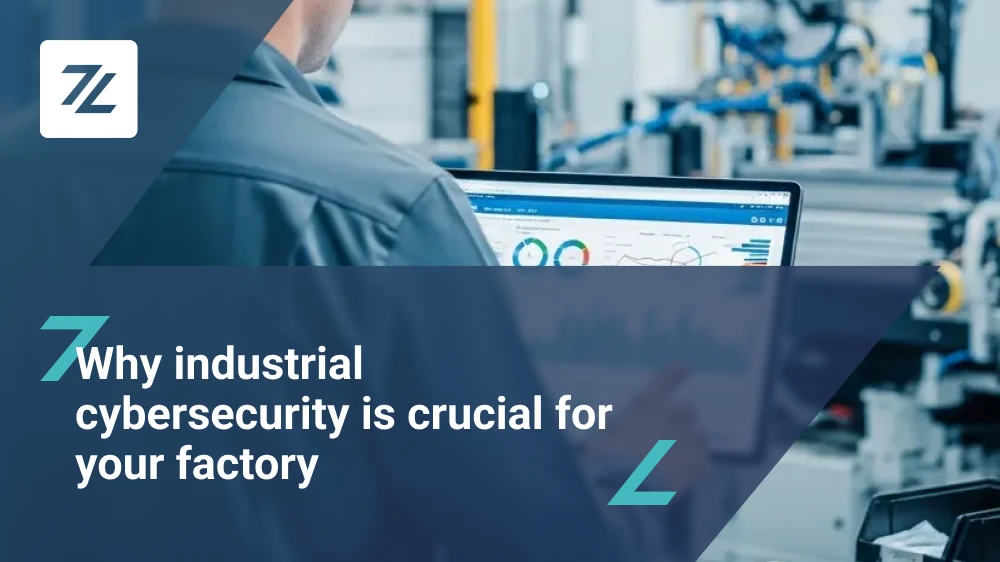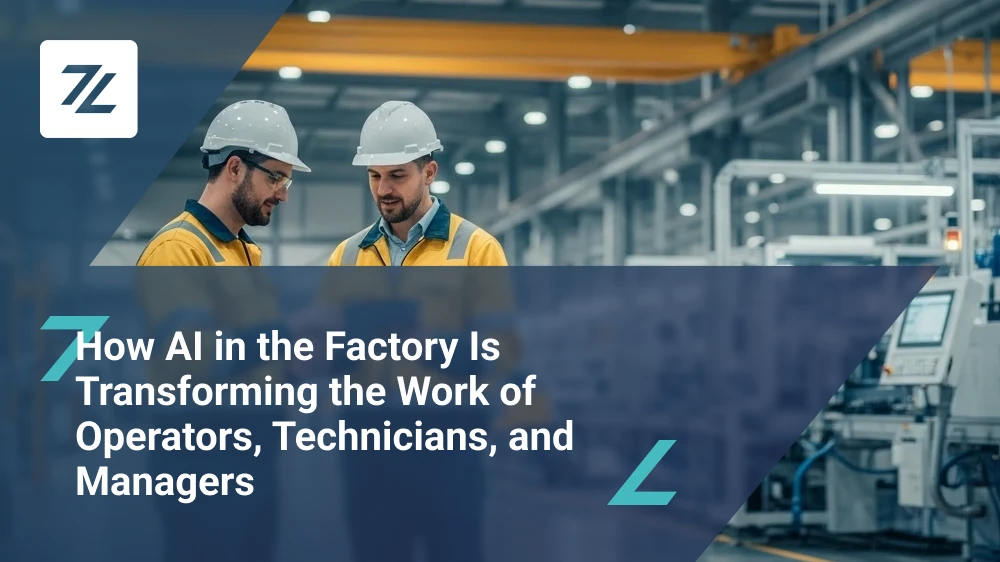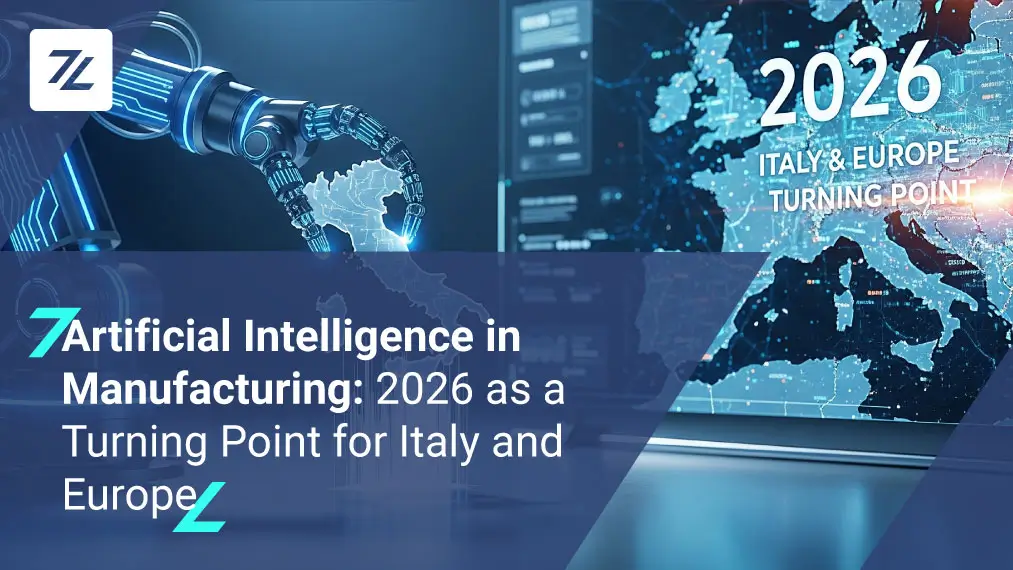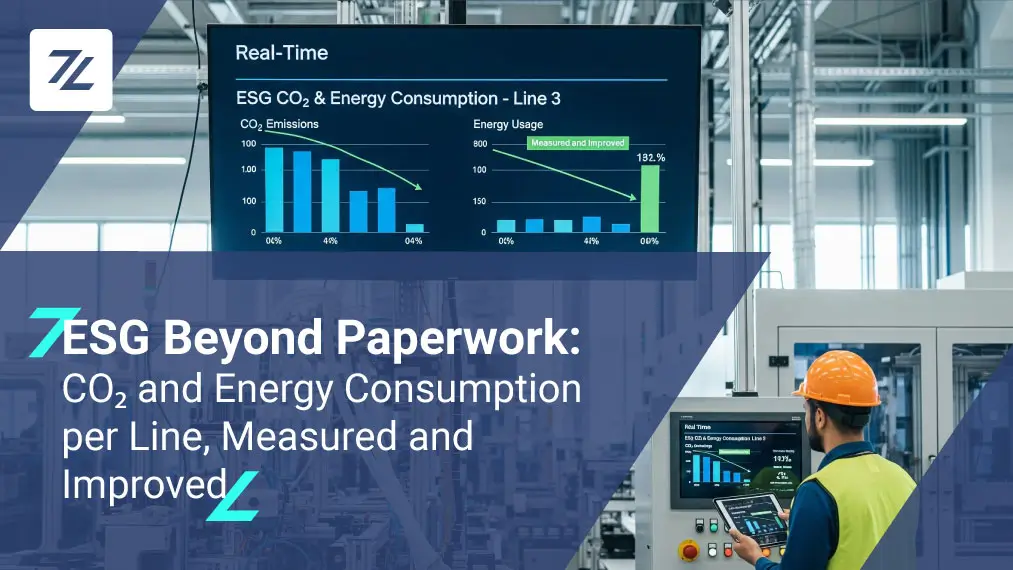A smart factory starts from a clear need: understanding what truly happens on the shop floor. Machine states, energy usage, cycle times, product quality
Many companies already collect data, but it often remains scattered across files, disconnected software, or handwritten notes. The result is a fragmented view that slows down decisions, analysis, and improvements.
A smart factory gives a precise and real-time picture of performance, bottlenecks, and waste. This visibility is no longer optional. It’s essential for improving productivity and efficiency, a theme highlighted in our analysis of Italian manufacturing competitiveness.
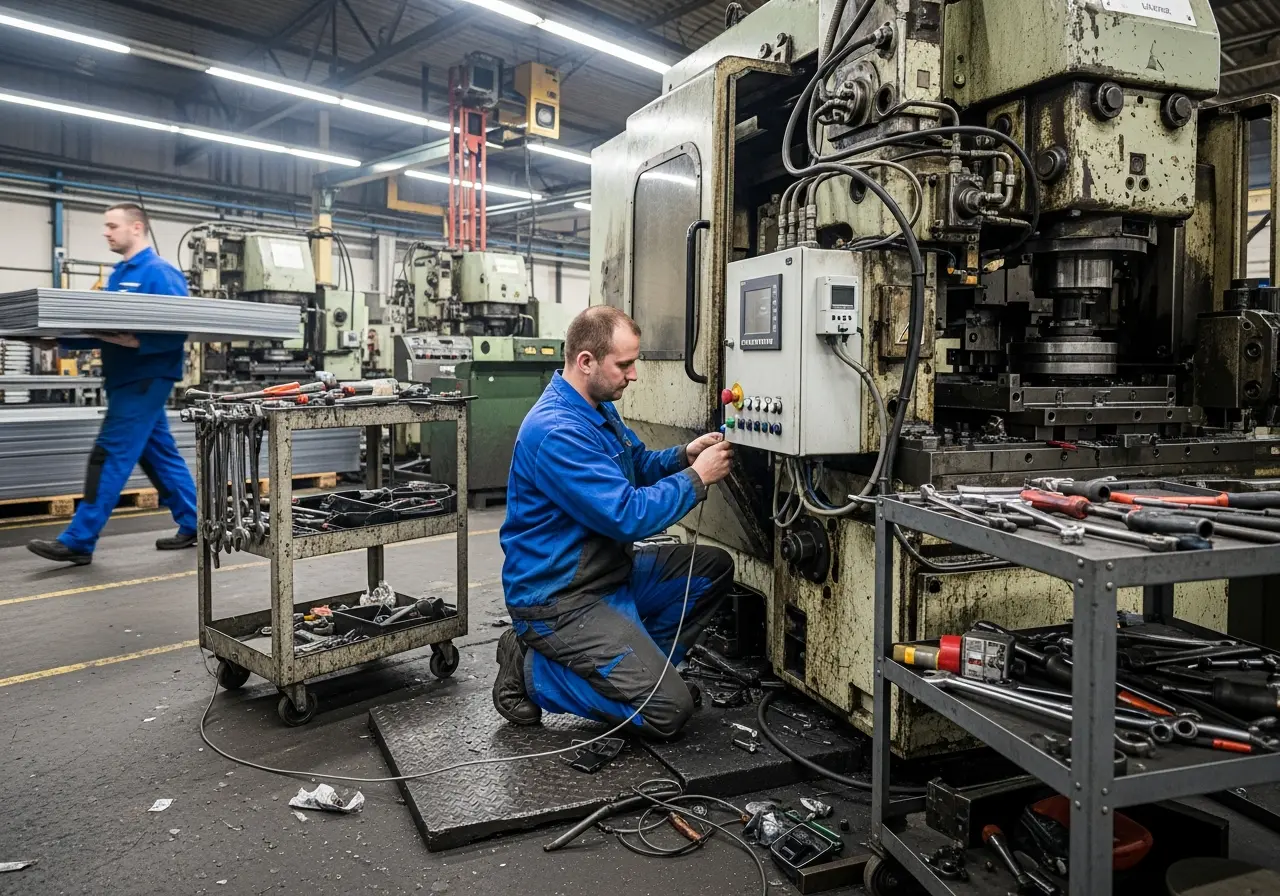
The Digital Path: From Data Collection to a Complete View of the Process
Building a smart factory begins with reliable data. The starting point is always the same: connect machines, even older ones, and turn raw signals into consistent information.
The Foundation: Connected Machines and Reliable Data
Many companies believe they need brand-new equipment to start industrial digitalization. In reality, light retrofitting is enough. Sensors, simple interfaces, and systems that read machine states, power usage, consumption, and alarms. Once data becomes uniform, the entire factory enters a new phase.
Making States, Consumption, and Bottlenecks Visible
Intelligent manufacturing is built on transparency. Cycle times, unplanned downtime, deviations from standard workflows, spikes in energy usage. Everything becomes measurable. This reveals inefficiencies that rarely emerge through manual reports or simple observations.
The Connected Factory as a Driver of Efficiency
A smart factory brings monitoring, analytics, and operational decisions together. This shift aligns production, maintenance, and energy management, showing real flows and deviations from targets.
Companies don’t embrace industrial digitalization to “collect more data”. They do it to improve profitability through fewer stops, fewer reworks, less waste, and higher quality. It’s a step toward a more resilient and connected manufacturing model.
Artificial Intelligence as the Next Layer of the Connected Factory
A smart factory isn’t just about connected machines. The real change comes from transforming data into insights and actions. This is where AI for connected factories enters the picture.
Why AI Comes After
AI needs consistent, continuous, contextualized data. If historical data is incomplete or signals are noisy, AI can’t generate meaningful predictions or detect patterns. When the data foundation is solid, AI becomes a powerful accelerator. It identifies deviations, flags anomalies, and suggests operational actions.
AI as Support for Operators, Technicians, and Managers
AI doesn’t replace people. It enhances their work. It becomes a co-pilot that saves time, reduces errors, and speeds up decisions. This reflects the principles of collaborative AI described in our Manifesto.
With the rise of industrial conversational agents, AI also allows teams to query complex data instantly using natural language. This helps operators and managers without forcing them to navigate dozens of dashboards.
How to Build a Smart Factory
Creating a smart factory is a gradual journey. There’s no need to overhaul everything at once. A progressive approach reduces risks and maximizes value.
Once machines are connected and production becomes visible, the next step is integrating management systems (ERP, MES, CMMS) and activating advanced analytics. This unlocks intelligent manufacturing based on real data, uniform processes, and continuous insights.
With a solid data foundation, AI can finally scale: suggesting cycle times, detecting anomalies, anticipating downtime, and supporting operational decisions. The factory no longer reacts. It anticipates.
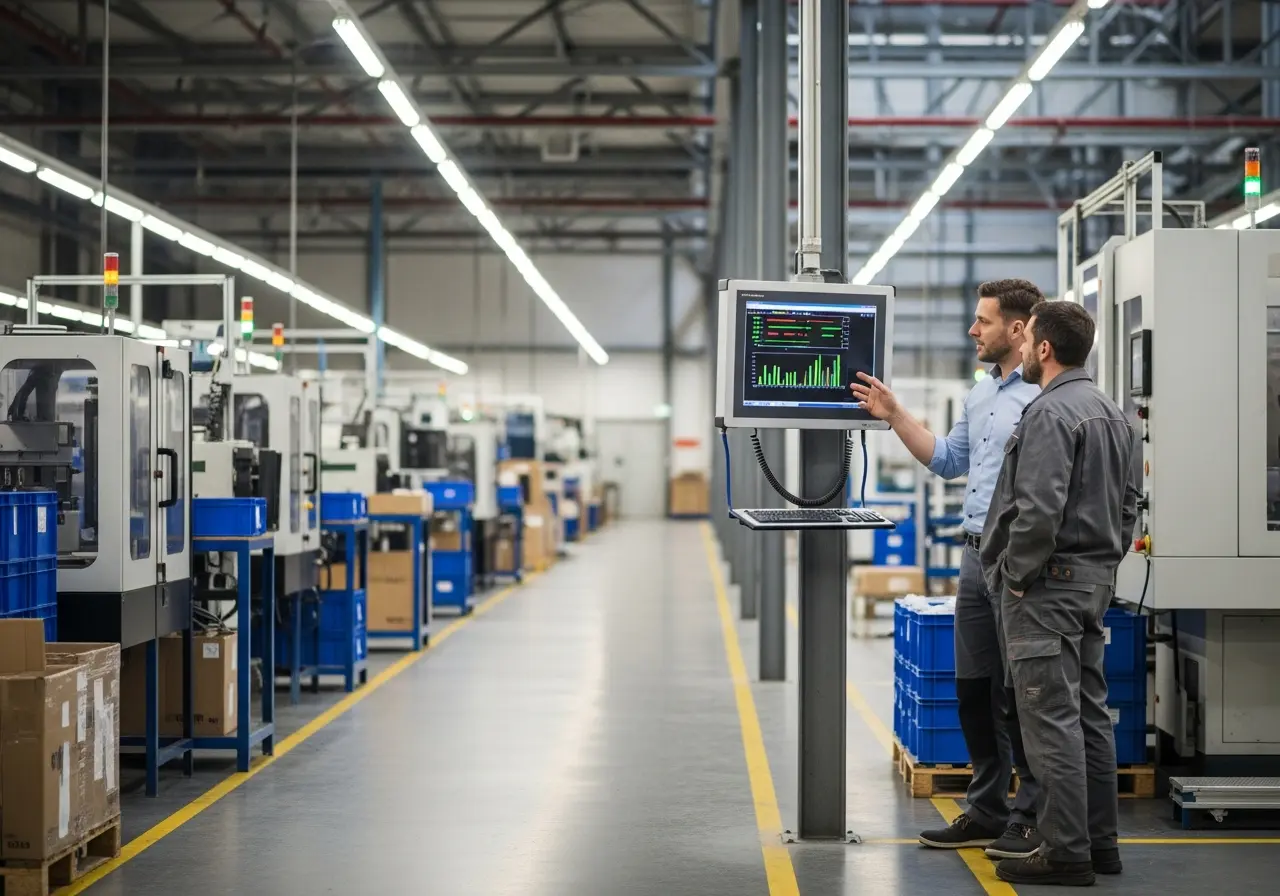
What to Expect from a Truly Smart Factory
A smart factory delivers tangible improvements across every department. Quality rises, downtime drops, cycle times stabilize, and energy consumption becomes more predictable. Processes become easier to read and decisions become faster.
This evolution is not only technological. It’s cultural. A smart factory connects data, people, and AI in a continuous flow that simplifies work and makes processes more manageable.
When data becomes clear and information immediate, the factory shifts pace. Technology stops being a cost and becomes a competitive advantage.

